Solutions for Efficient Pellet Production with Advanced Pellet Mill Machines
Table of Contents
- Understanding the Basics of Pellet Production and Its Importance
- Key Features to Look for in Advanced Pellet Mill Machines
- Optimizing Raw Material Selection for Maximum Pellet Efficiency
- Maintenance Tips for Maintaining Peak Performance of Pellet Mills
- Innovative Technologies Enhancing Pellet Production Efficiency
- Best Practices for Monitoring and Controlling Pellet Quality
- FAQS
- Conclusion
- Related Posts
The global demand for efficient and sustainable feed production is on the rise, with the aquaculture sector expected to grow at a rate of 5% annually over the next decade, according to the Food and Agriculture Organization (FAO). This burgeoning requirement highlights the critical role of advanced Pellet Mill Machines in enhancing productivity and sustainability in feed processing.
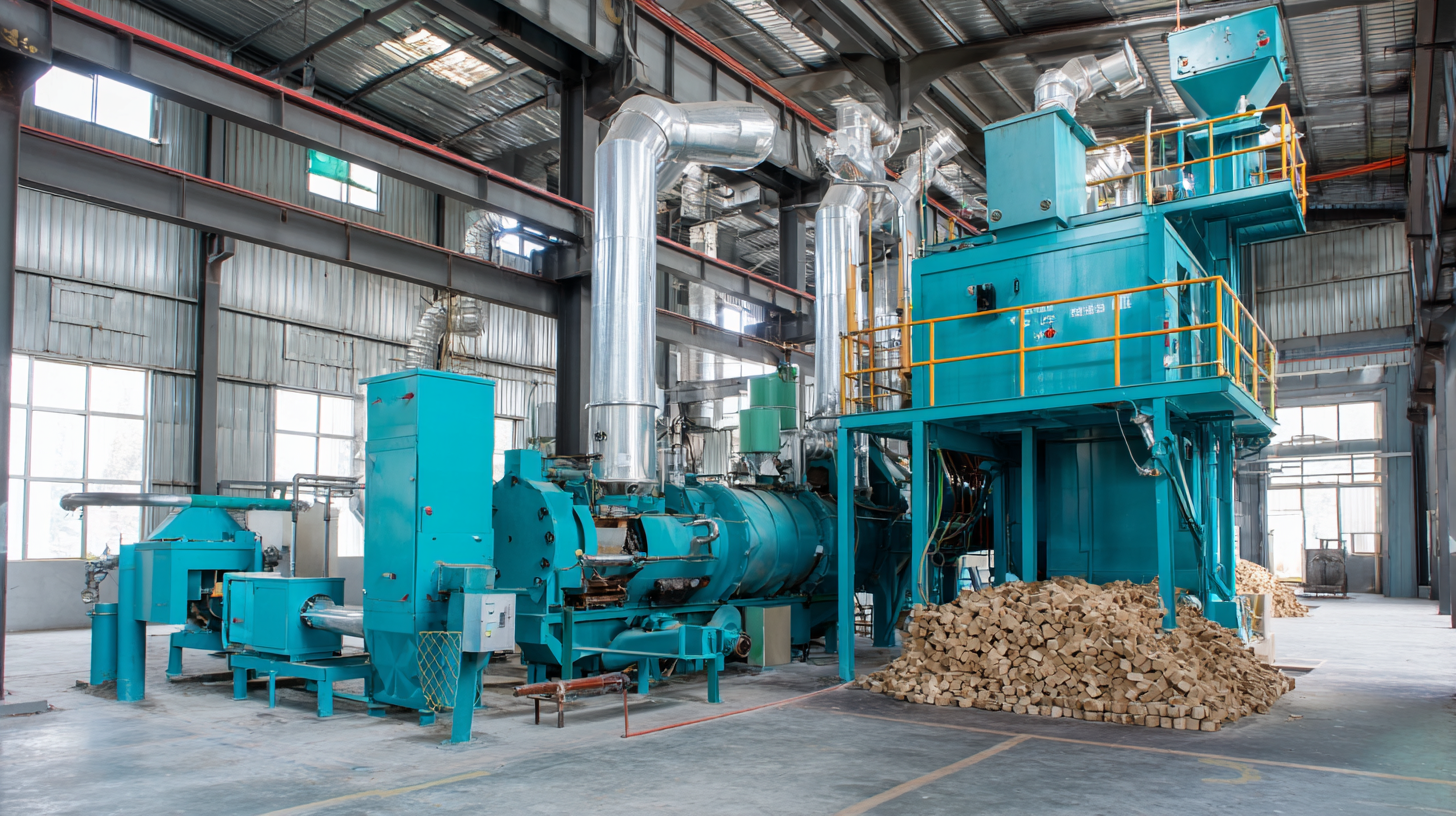
At Shanghai Zhengyi Machinery Engineering Technology Manufacturing Co., Ltd. (CPSHZY), we have over 25 years of expertise in manufacturing high-quality feed processing machineries and pellet mill dies, positioning us as a leader in this industry. As the push for environmentally friendly solutions accelerates, our innovative technologies provide indispensable support for feed plants and aquaculture farms, ensuring that they not only meet current demand but also comply with stringent environmental regulations.
This ultimate guide will explore the best practices and solutions for optimizing pellet production using state-of-the-art pellet mill machines.
Understanding the Basics of Pellet Production and Its Importance
Pellet production has gained significant traction in recent years, driven by the growing demand for renewable energy sources and sustainable materials. The process involves compressing biomass or other raw materials into small, dense pellets, which are not only easier to handle but also ensure high combustion efficiency. According to a report by the European Biomass Association, pellets are emerging as a crucial resource in the renewable energy sector, with global production reaching over 27 million tons annually. This shift reflects the increasing importance of reducing carbon emissions and transitioning to greener fuel alternatives.
To optimize pellet production, understanding the basics is essential. The quality of the raw material, the moisture content, and the operating conditions of pellet mills are key factors that influence the final product. It is imperative to carefully select the biomass feedstock, as it can significantly impact the pellet's durability and energy content. Moreover, operating at the right temperature and pressure within advanced pellet mill machines can enhance productivity while reducing energy consumption.
**Tips:** Ensure the moisture content of raw materials is around 10-15% for the best quality pellets. Regularly maintain your pellet mill to prevent breakdowns and improve efficiency. Additionally, consider investing in technology that automates monitoring, as it can lead to more consistent production and better resource management.
Solutions for Efficient Pellet Production with Advanced Pellet Mill Machines
| Pellet Mill Type | Production Capacity (kg/h) | Power Consumption (kW) | Material Type | Pellet Size (mm) | Maintenance Frequency (months) |
|---|---|---|---|---|---|
| Flat Die Pellet Mill | 50 | 15 | Wood, Feed | 6 | 3 |
| Ring Die Pellet Mill | 500 | 75 | Biomass, Feed | 8 | 6 |
| Small Scale Pellet Mill | 100 | 20 | Agricultural Residue | 4 | 2 |
| Industrial Pellet Mill | 1000 | 100 | Wood, Biomass | 10 | 12 |
Key Features to Look for in Advanced Pellet Mill Machines
Efficient pellet production is crucial for the feed and aquaculture industries, and selecting advanced pellet mill machines plays a vital role in optimizing this process. When seeking the right equipment, it is essential to consider key features that contribute to enhanced performance and productivity. Look for machines that offer high durability and reliability; this ensures consistent output while minimizing maintenance costs. Additionally, advanced pellet mills should facilitate easy operation and adaptability to various raw materials, allowing for a wider range of product formulations.
Another critical aspect to consider is the energy efficiency of the pellet mill. Machines designed for reduced energy consumption not only lower operational costs but also align with sustainable practices in feed production. Moreover, integrated environmental protection systems can significantly enhance the overall production process, ensuring compliance with industry regulations and contributing to a greener footprint. At Shanghai Zhengyi Machinery Engineering Technology Manufacturing Co., Ltd., we have over 25 years of expertise in manufacturing high-performance feed processing machinery and pellet mill dies, positioning us as a trusted partner for operators looking to elevate their production capabilities with cutting-edge technology.
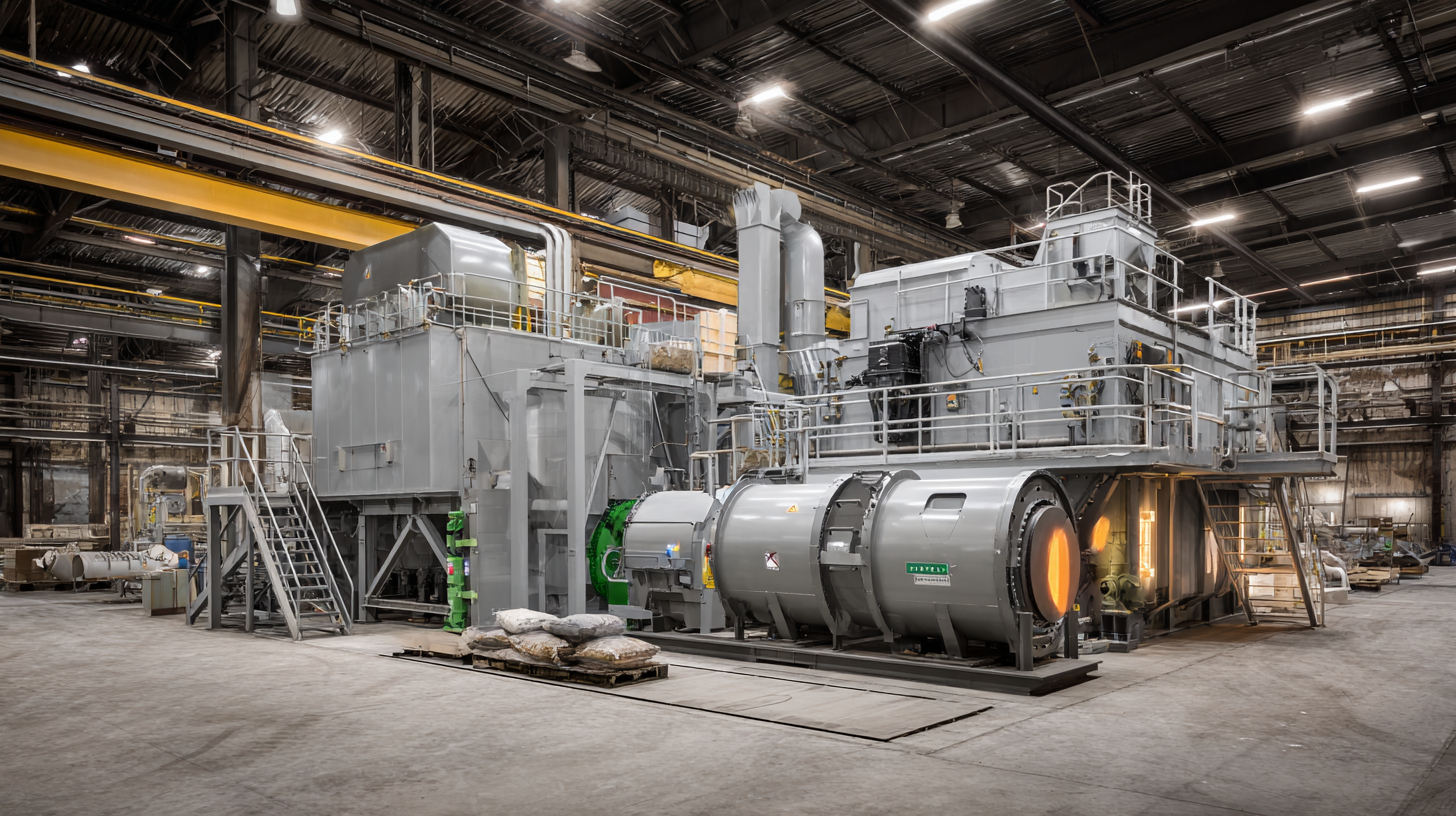
Optimizing Raw Material Selection for Maximum Pellet Efficiency
The efficiency of pellet production is significantly influenced by the selection of raw materials. According to a report by the Biomass Energy Centre, optimizing the type and quality of feedstock can lead to a reduction in energy consumption by up to 25%, ultimately improving the overall productivity of pellet mills. Materials with high lignin content, such as wood sawdust and agricultural residues, can enhance the binding characteristics of pellets, ensuring both durability and combustion efficiency.
Furthermore, the United Nations Food and Agriculture Organization highlights that using a diverse range of biomass feedstocks can increase the pellet production rate by 20-30%. This diversification not only reduces the reliance on a single source but also allows producers to take advantage of market fluctuations in raw material availability and pricing. By strategically choosing raw materials that align with the specifications of advanced pellet mill machines, manufacturers can optimize their processes for higher yield and lower emissions, contributing to a more sustainable energy solution.
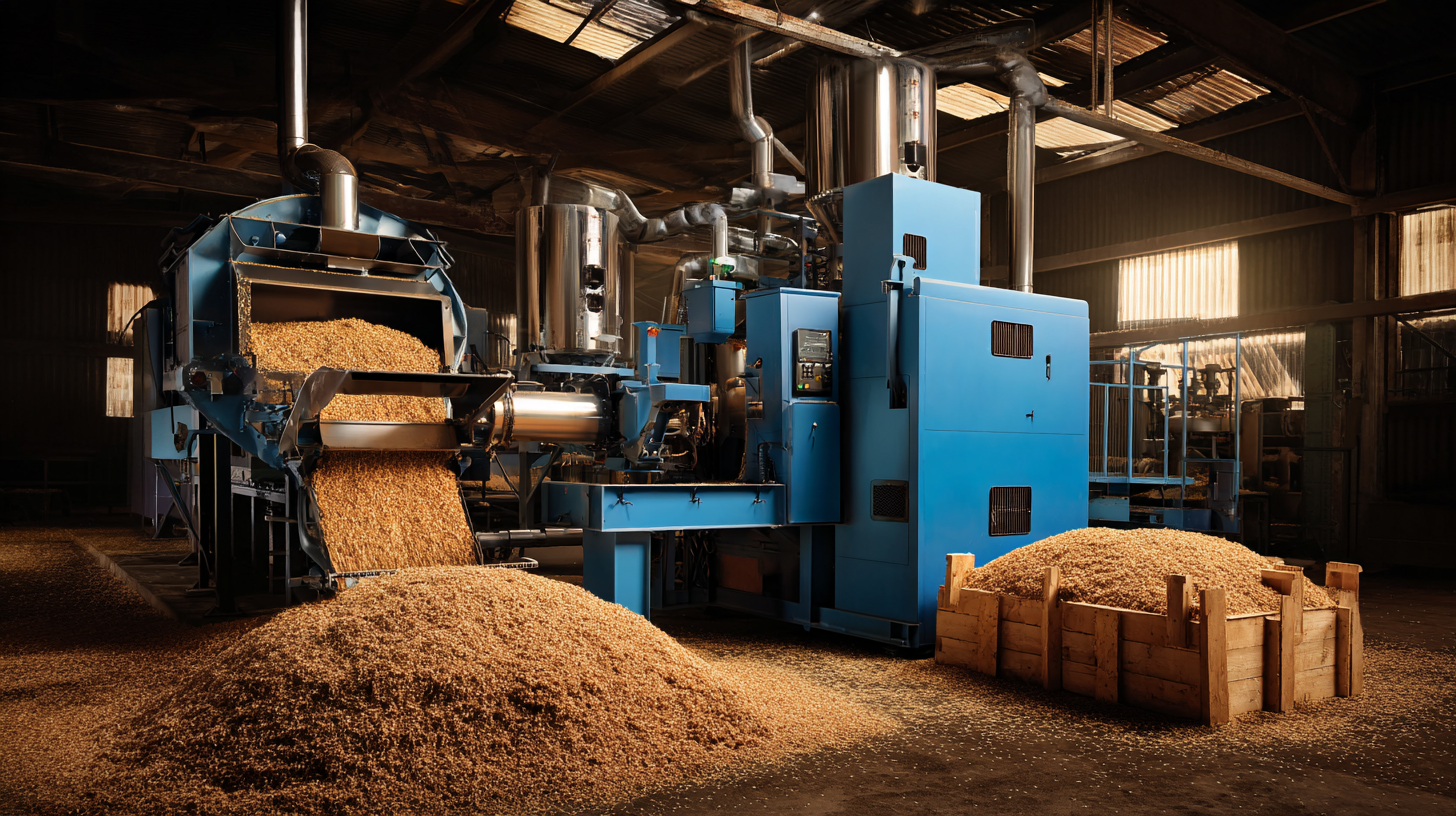
Maintenance Tips for Maintaining Peak Performance of Pellet Mills
Maintaining peak performance in pellet mills is crucial for optimizing production efficiency and minimizing downtime. One of the most effective strategies being adopted across the industry is predictive maintenance, which utilizes advanced data analytics and machine learning algorithms to foresee equipment failures before they occur. According to recent industry reports, implementing predictive maintenance can reduce unplanned downtime by 20-50%, significantly lowering operational costs and enhancing overall productivity.
To maximize the efficiency of pellet mills, operators should focus on regular monitoring of key performance indicators, such as power consumption and pellet quality. Data-driven insights allow mill managers to identify potential issues early, enabling timely interventions. Furthermore, a study indicated that using AI-powered maintenance solutions could cut maintenance costs by up to 30% while improving the life expectancy of machinery. This proactive approach to maintenance not only ensures the reliability of pellet mills but also contributes to a sustainable production process, aligning with the industry's growing emphasis on efficiency and cost-effectiveness.
Innovative Technologies Enhancing Pellet Production Efficiency
In the realm of modern pellet production, innovative technologies play a critical role in enhancing efficiency.
At Shanghai Zhengyi Machinery Engineering Technology Manufacturing Co., Ltd., we focus on integrating advanced machinery into the production process, ensuring our clients benefit from state-of-the-art pellet mill machines.
With over 25 years of expertise in designing feed processing machinery and producing high-quality pellet mill dies, our commitment to revolutionizing production efficiency remains unwavering.
Tip 1:
Invest in equipment that features automated controls and real-time monitoring systems. This can minimize human error and optimize machine performance, leading to increased productivity.
The advent of smart technologies allows for precise adjustments and better management of raw materials, which are essential for achieving consistent pellet quality.
Our company not only specializes in manufacturing equipment but also provides environmental protection systems tailored for feed plants and aquaculture farms, ensuring a sustainable approach to production.
Tip 2:
Regular maintenance of your pellet mills is crucial. Implementing a proactive maintenance schedule can significantly reduce downtime and prolong the lifespan of your machinery, ultimately contributing to a smoother production process.
Incorporating these advanced solutions and tips will not only enhance operational efficiency but also promote eco-friendly practices in the pellet production industry.
Best Practices for Monitoring and Controlling Pellet Quality
Monitoring and controlling pellet quality is crucial for efficient pellet production. One of the primary factors to consider is the raw material used. Conducting thorough moisture tests before processing can help ensure optimal pellet durability and combustion efficiency. It’s essential to maintain proper moisture levels, ideally between 10-12%, as overly dry or wet materials can lead to inferior quality pellets.
Another best practice is to regularly calibrate pellet mill machines to ensure they operate at peak performance. This can minimize wear and tear on the machinery, which can adversely affect pellet quality. Implementing real-time monitoring systems for key parameters such as temperature and pressure can provide immediate feedback, allowing for quick adjustments if necessary.
Additionally, conducting routine quality checks on the finished product is important. Utilizing a particle size analyzer can help maintain consistent pellet size, which is vital for uniform performance during combustion. Incorporating a sampling schedule for testing pellet hardness and density will further enhance production efficiency while ensuring the final product meets required standards.
FAQS
: Pellet production involves compressing biomass or other raw materials into small, dense pellets, which are important for sustainable energy solutions and have gained popularity due to the increasing demand for renewable energy sources and the need to reduce carbon emissions.
The main factors include the quality of the raw material, moisture content, and the operating conditions of pellet mills, such as temperature and pressure.
The optimal moisture content for raw materials is around 10-15% to achieve the best quality pellets.
Key features include durability and reliability, ease of operation, adaptability to various raw materials, energy efficiency, and integrated environmental protection systems.
Energy-efficient pellet mills lower operational costs by reducing energy consumption, which also aligns with sustainable practices in feed production.
Regular maintenance is essential to prevent breakdowns and improve efficiency, ensuring optimal performance of the pellet mill.
Investing in technology that automates monitoring can lead to more consistent production and better resource management in the pellet manufacturing process.
The selection of biomass feedstock significantly impacts the pellet's durability and energy content, making it crucial for producing high-quality pellets.
With over 25 years of experience, they manufacture high-performance feed processing machinery and pellet mill dies, helping operators enhance their production capabilities with cutting-edge technology.
Integrated environmental protection systems enhance production processes, ensure compliance with industry regulations, and contribute to a greener footprint in pellet production.
Conclusion
In the pursuit of efficient pellet production, understanding the intricacies of the Pellet Mill Machine is essential. This blog delves into the fundamental aspects of pellet production and highlights its significance in various industries. It outlines key features to seek in advanced Pellet Mill Machines, emphasizing the importance of selecting the right raw materials to maximize efficiency. Furthermore, it offers maintenance tips to ensure optimal performance and discusses innovative technologies that are reshaping pellet production processes.
By focusing on best practices for monitoring and controlling pellet quality, this blog serves as a comprehensive guide for those aiming to enhance their production capabilities. As a leader in feed processing machinery, Shanghai Zhengyi Machinery Engineering Technology Manufacturing Co., Ltd. leverages over 25 years of expertise to provide top-notch Pellet Mill Machines and solutions tailored for the feed industry and aquaculture.
Related Posts
-

Global Excellence in Pellet Mill Parts from China's Leading Factory
-

7 Key Features That Make the Best Pellet Making Machines Drive 30% Higher Production Efficiency
-

How to Choose the Best Pellet Making Machine for Your Business Needs
-

Solutions for Optimal Efficiency in Best Animal Feed Processing Machine Production
-
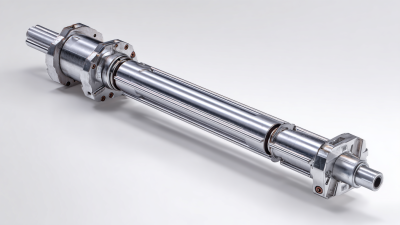
Drum Mixer Shaft: A Comprehensive Comparison of Materials and Designs for Optimal Performance
-
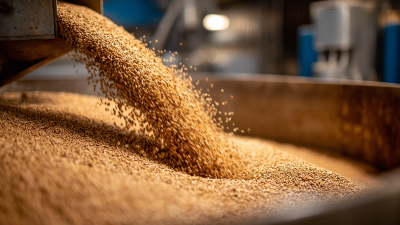
Essential Guide to Operating a Machine To Make Feed Pellets for Beginners
Blog Tags:

